Growing Up with Pets: Benefits for Children's Development
Welcome to our exploration of how pets can help children grow in many important ways. Pets are more than just fun friends; they also teach and support kids as they get older. In this blog, we will look at the many good things that pets can do for kids.
Having a pet at home can make a big difference in a child’s life. Whether it’s a dog, cat, bird, or even a fish, each kind of pet has something special to offer. Pets teach kids about love and care, help them make more friends, and get them moving and healthy. They also give comfort when kids feel sad or stressed.
This blog will show you how pets can help children become better at understanding feelings, talking with others, taking care of responsibilities, and staying active. We’ll see how having a furry or feathered friend can make life better and happier for kids. So, let’s find out all the ways pets help children as they grow up!
Emotional Growth and Empathy
Having a pet at home can really help kids learn about feelings and caring for others. Pets show many emotions, like happiness when you play with them, sadness when they’re alone, and excitement when you come home. Watching and caring for pets helps kids see and understand these feelings, which teaches them empathy.
Empathy is when you can understand and care about how someone else feels. When children take care of a pet, they start to think about what their pet needs. Does the pet need food? Does it need to go for a walk or need some cuddling? Thinking about these things helps kids learn to take care of others too.
For example, if a dog is wagging its tail and running to the door, kids can tell it’s happy and maybe wants to go outside. If a cat is hiding and not eating, kids might guess it’s scared or not feeling well. Figuring this out helps kids learn how to respond to friends and family members’ feelings too.
By taking care of pets, kids also learn to be kind and gentle. They learn that when they treat their pets well, the pets feel good and show love in return. This helps kids see how important it is to treat others with kindness and care. Overall, pets teach children very important lessons about feelings and caring for others, making them kinder and more understanding as they grow up.
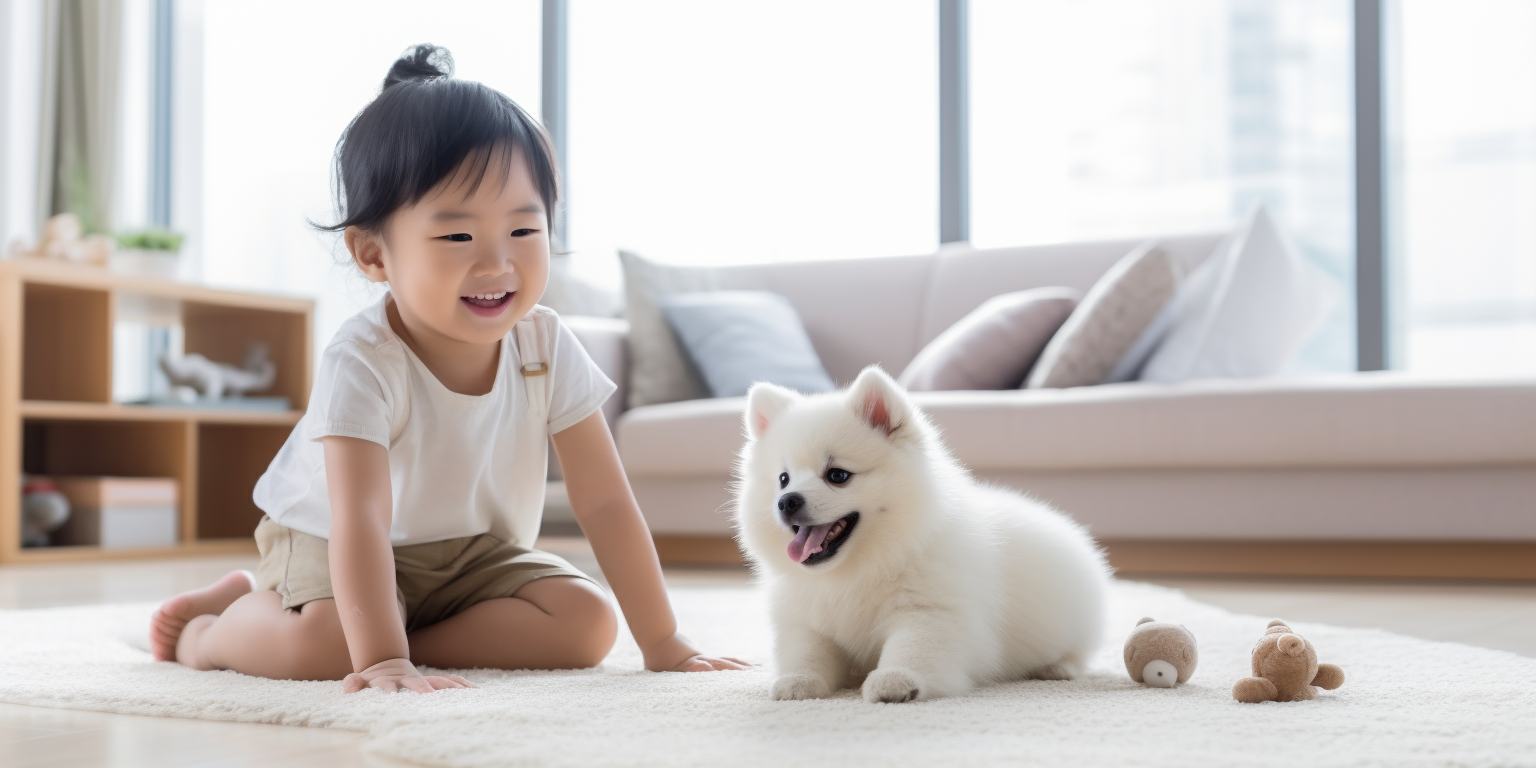
Social Skills and Communication
Having a pet can also help kids get better at talking to others and making friends. Pets are great because they help start conversations and give kids something fun to talk about. Whether it’s at the park, at school, or just in the neighborhood, having a pet gives kids a way to connect with other people.
Pets like dogs often bring kids together. For example, when kids walk their dogs, they might meet other kids with dogs. This can make it easy to talk and play together because they already have something in common. Also, talking about their pets can help kids feel more confident and less shy.
Pets also help kids learn how to share and take turns. For instance, when kids play with a pet together, they have to decide who throws the toy and who gives the treats. This teaches them about cooperating and understanding each other’s feelings.
Moreover, pets give kids comfort and confidence. When kids feel loved and supported by their pets, they feel more secure. This can make it easier for them to talk with others and join in games and activities.
Pets do a lot to help kids learn how to talk better and make friends. By caring for pets and playing with them, kids learn important social skills that will help them throughout their lives. They learn to be friendly, understand others, and join in the fun with confidence.
Responsibility and Routine
Having a pet teaches kids about responsibility and the importance of keeping a routine. Here’s how pets help children learn these important life skills:
- Daily Care: Pets need to be fed, given water, and sometimes, given medicine at the same time each day. When kids take care of these tasks, they learn how important it is to do things on time every day.
- Cleaning Up: Pets make messes, like shedding fur or sometimes knocking things over. Kids learn that part of having a pet is cleaning up after them. This teaches kids to be responsible for their environment.
- Exercise: Pets, especially dogs, need to be walked regularly. Kids learn that it’s their job to make sure their pet gets enough exercise, which is good for the pet’s health. This helps kids stick to a schedule and be active too.
- Health Checks: Taking pets to the vet for check-ups or when they’re sick teaches kids about the importance of health care. They see that being responsible means making sure someone else is healthy and safe.
- Training: Teaching a pet tricks or how to behave well is a big responsibility. It requires patience and regular practice. Kids learn that hard work and consistency are needed to teach and learn new things.
By caring for pets, kids not only have fun but also learn how to be responsible. They understand that their actions are important for their pet’s well-being. This helps them grow into caring and dependable people.
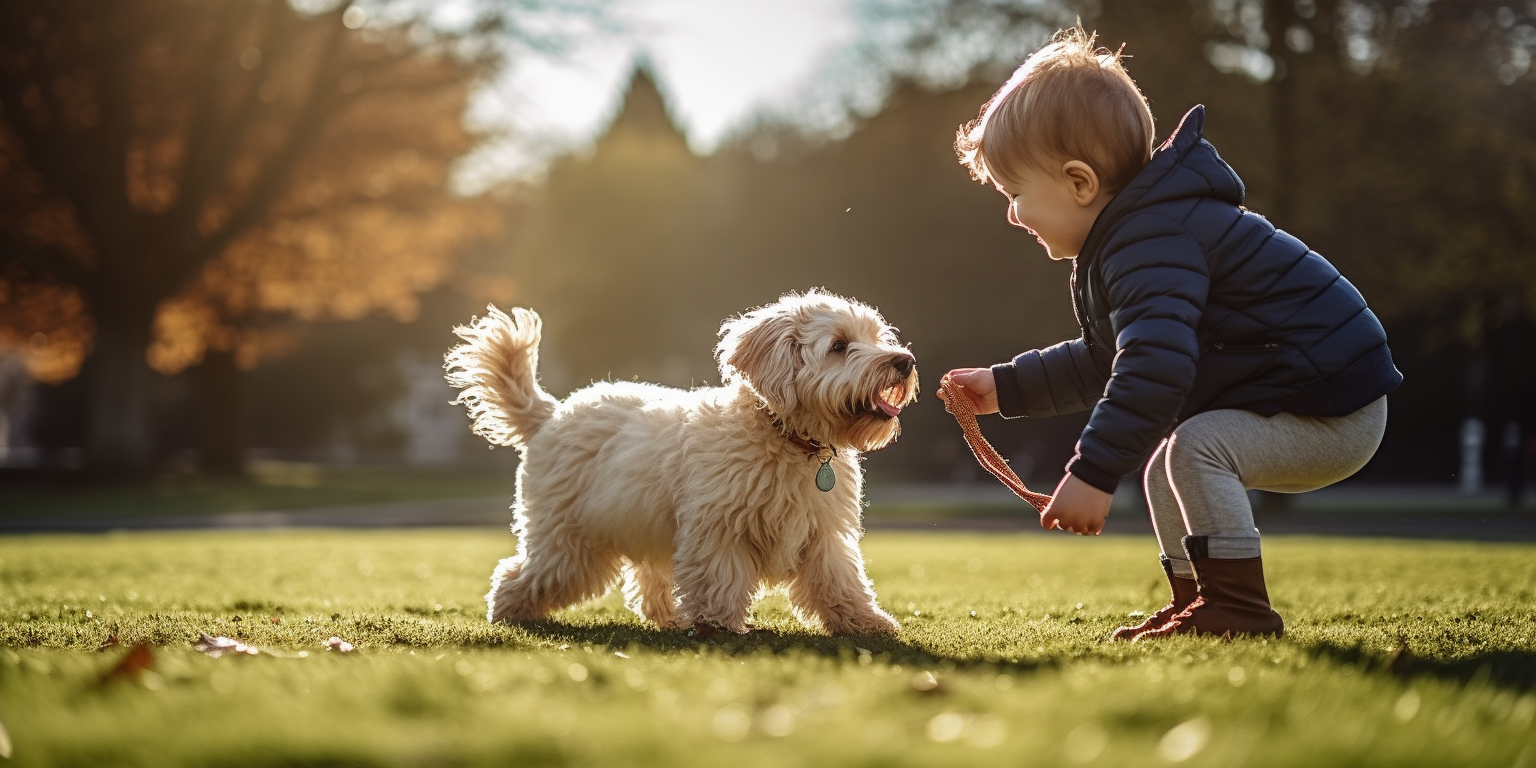
Physical Health and Activity
Having a pet can make kids more active and healthy. Here’s how pets encourage physical health and activity:
More Outdoor Play
Pets, especially dogs, need to go outside to play and exercise. This means kids will go outside more often to walk or run with their pets. Playing outside is not only fun but also helps kids stay fit and healthy. They can run, throw balls, or just chase around, which are all great ways to move their bodies.
Better Habits
Caring for a pet often requires a routine of physical activities, like walking the dog every morning or playing in the yard in the afternoon. These routines help kids develop good habits of regular exercise. Staying active with a pet doesn’t feel like exercise because it’s fun, so kids are more likely to keep doing it every day.
Stronger Bodies
Regular physical activity with pets helps strengthen children’s muscles and bones. It also improves their heart health and keeps them at a good weight. Playing with a pet can be a joyful way for kids to get exercise without even thinking about it.
Learning New Skills
Playing with pets can also help kids learn new physical skills. For example, throwing a ball for a dog teaches hand-eye coordination. Handling a pet gently can improve fine motor skills. These skills are important for other parts of life too, like sports and school activities.
Overall, having a pet can lead kids to a more active lifestyle, which is key to being healthy. Pets make exercise easy and fun, and they help kids grow stronger both inside and out.
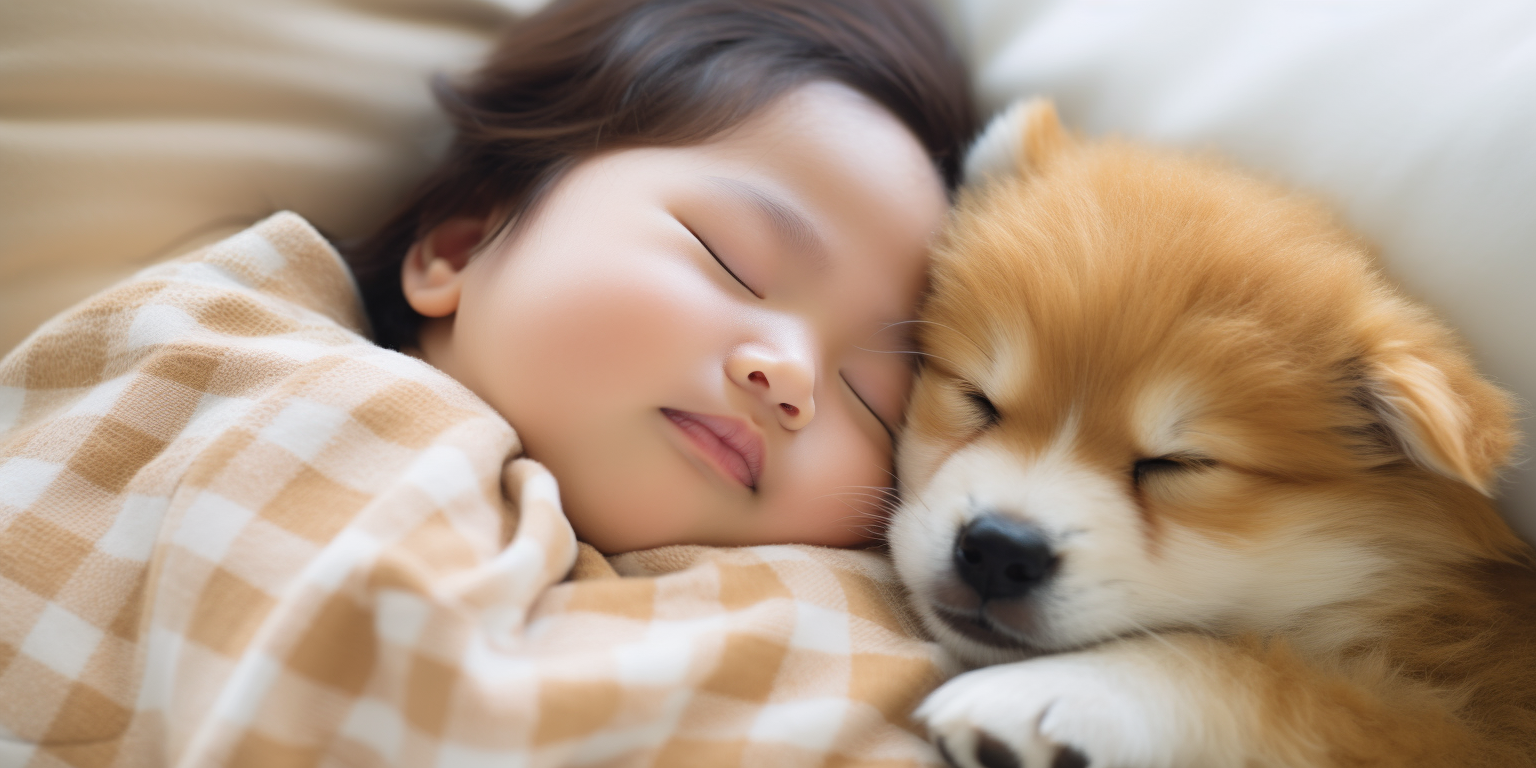
Stress Relief and Emotional Support
Having a pet can be a big help when kids feel stressed or need emotional support. Here’s how pets provide comfort and make kids feel better:
Calming Presence
Pets possess a unique ability to evoke feelings of tranquility within us. Just petting a dog or a cat can make stress seem to melt away. When kids pet their animals, it helps their bodies release a feel-good chemical called endorphins. This makes them feel happier and less worried. Spending time with a pet can be very soothing, especially on a bad day.
Unconditional Love
Pets love us no matter what. They don’t care if you’re having a tough day or if you made a mistake. This unconditional love from a pet can make kids feel important and loved. Knowing they have a furry friend who always supports them can boost their confidence and help them deal with tough times.
A Friend to Talk To
Sometimes, kids feel like they can’t talk to adults or friends about their problems. A pet is a great listener. Talking to a pet can help kids express their feelings without fear of judgment. It’s like having a best friend who is always there to hear what’s on their mind.
Distraction from Problems
Playing with pets can also help kids forget their troubles for a while. Running around, throwing a ball, or just cuddling can be a fun distraction. This helps reduce stress and makes kids feel more relaxed.
Helps Develop Coping Skills
Caring for a pet teaches kids how to handle responsibilities even when they are feeling down. This is a good way to learn how to manage stress and cope with life’s challenges. Kids learn that they can make themselves and their pets happy by taking good care of them.
Pets provide amazing emotional support. They help kids feel calmer, loved, and confident. This makes pets wonderful companions, especially when life gets tough.
Conclusion
In conclusion, having a pet at home offers many great benefits for kids as they grow up. Pets teach children how to care for others and understand their feelings, which makes them kinder and more thoughtful. They also help kids make new friends and learn how to talk to people better. Pets teach responsibility and how to stick to a routine, which are important skills for life. Plus, pets keep kids active and healthy by getting them to play outside and move around more.
Most importantly, pets give kids emotional support when they’re feeling stressed or sad. They consistently provide love and solace. Having a pet can make a big difference in a child’s life, helping them feel happier and more secure as they grow. Pets are not just animals in our homes; they are friends who help us learn, grow, and take care of our health.

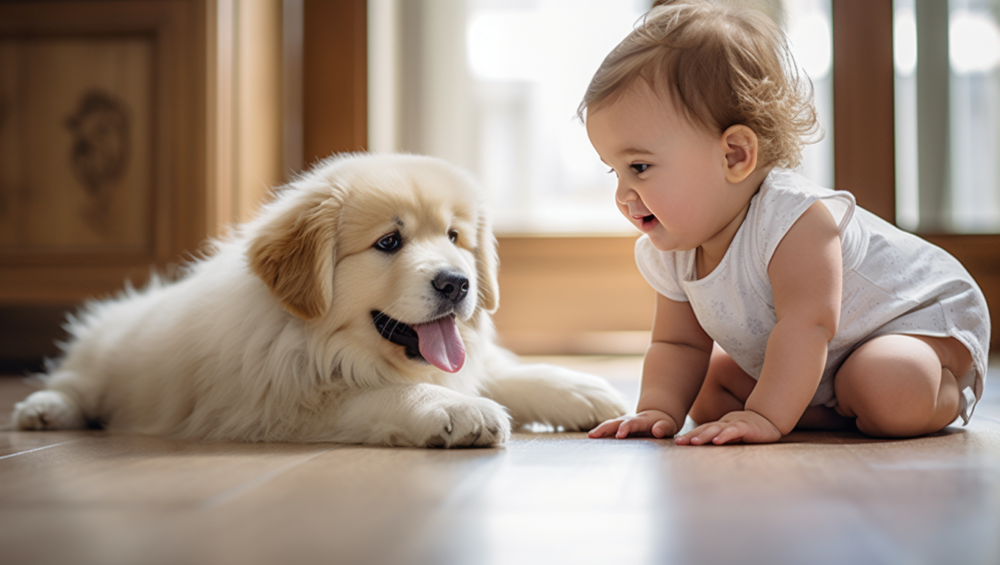
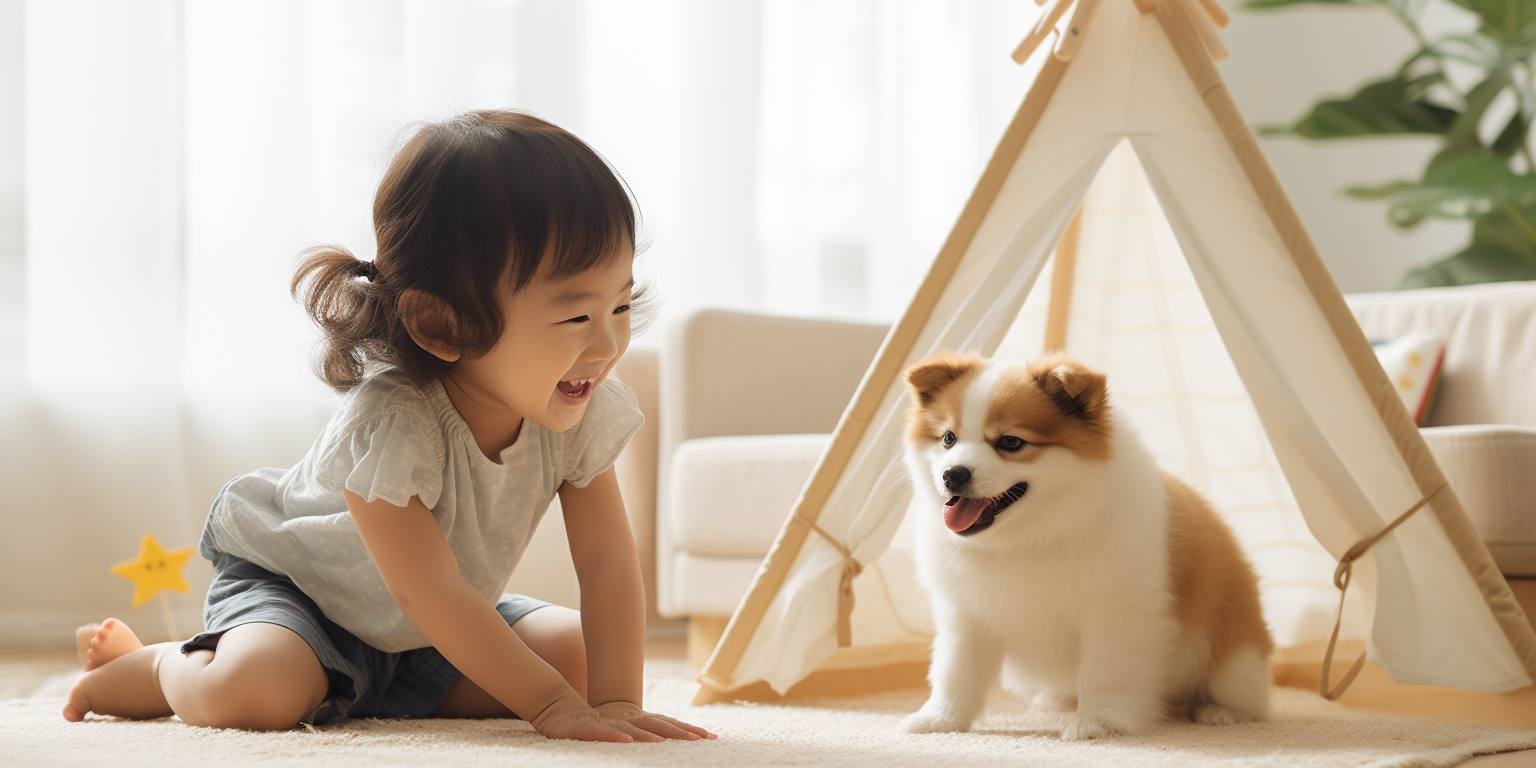

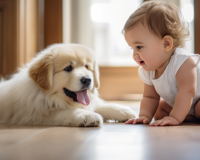


6 Comments
Are there particular breeds of dogs that are better for young children?
Some breeds known for their gentle and patient nature are better suited for families with young children, such as Labrador Retrievers, Golden Retrievers, and Beagles.
How can I make sure my kid doesn’t lose interest in the pet after a few weeks?
Involve your child in choosing the pet and educate them about the care it needs. Setting a routine for pet-related tasks can also help keep their interest alive. Regularly remind them of the joy and companionship the pet provides.
Can pets really help kids with their social skills?
Absolutely! Pets can be great icebreakers, making it easier for kids to start conversations and interact with others. This can be especially helpful in boosting the confidence of shy children.